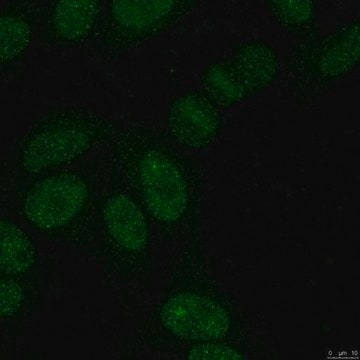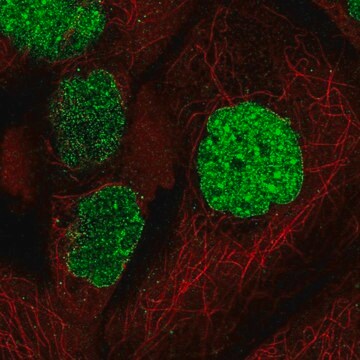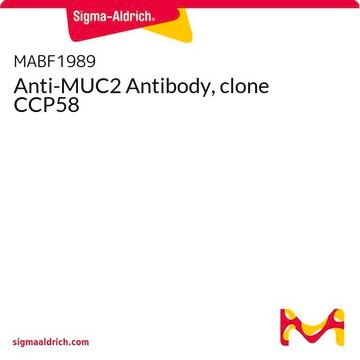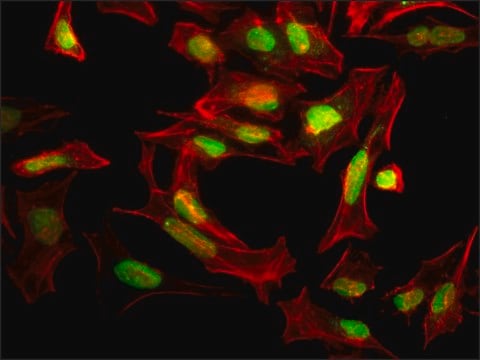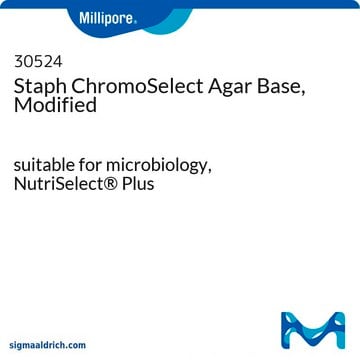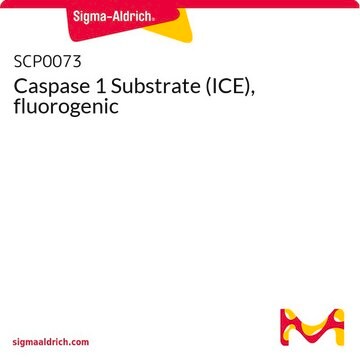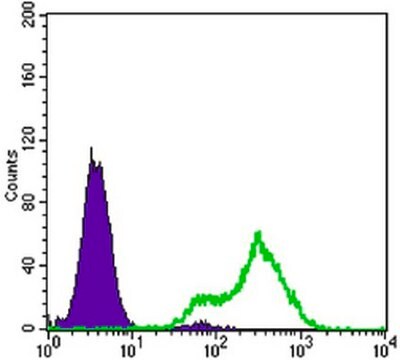07-2167
Anti-SUMO 2/3 Antibody
from rabbit, purified by affinity chromatography
Sinonimo/i:
SMT3 suppressor of mif two 3 homolog 2 (S. cerevisiae), Ubiquitin-like protein SMT3B, SMT3 homolog 2, SMT3 (suppressor of mif two 3, yeast) homolog 2, SMT3 suppressor of mif two 3 homolog 2 (yeast), small ubiquitin-related modifier 2, small ubiquitin-lik
About This Item
Prodotti consigliati
Origine biologica
rabbit
Livello qualitativo
Tipo di anticorpo
primary antibodies
Clone
polyclonal
Purificato mediante
affinity chromatography
Reattività contro le specie
pig, human, mouse, rat
Reattività contro le specie (prevista in base all’omologia)
bovine (based on 100% sequence homology), porcine (based on 100% sequence homology), rhesus macaque (based on 100% sequence homology), opossum (based on 100% sequence homology), chimpanzee (based on 100% sequence homology)
tecniche
immunoprecipitation (IP): suitable
western blot: suitable
N° accesso UniProt
Condizioni di spedizione
wet ice
modifica post-traduzionali bersaglio
unmodified
Informazioni sul gene
human ... SUMO2(6613)
mouse ... Sumo2(170930)
opossum ... Sumo2(123244757)
rat ... Sumo2(690244)
Descrizione generale
Specificità
Immunogeno
Applicazioni
Signaling
Ubiquitin & Ubiquitin Metabolism
Immunoprecipitation Analysis: A previous was used by an independent laboratory in IP. (Li, T., et al. (2006). The Journal of Biological Chemistry. 281(47):36221-36227.)
Qualità
Western Blot Analysis: 1 µg/mL of this antibody detected SUMO 2/3 on 10 µg of HeLa nuclear extract.
Descrizione del bersaglio
Stato fisico
Stoccaggio e stabilità
Risultati analitici
HeLa nuclear extract
Altre note
Esclusione di responsabilità
Not finding the right product?
Try our Motore di ricerca dei prodotti.
Codice della classe di stoccaggio
12 - Non Combustible Liquids
Classe di pericolosità dell'acqua (WGK)
WGK 1
Punto d’infiammabilità (°F)
Not applicable
Punto d’infiammabilità (°C)
Not applicable
Certificati d'analisi (COA)
Cerca il Certificati d'analisi (COA) digitando il numero di lotto/batch corrispondente. I numeri di lotto o di batch sono stampati sull'etichetta dei prodotti dopo la parola ‘Lotto’ o ‘Batch’.
Possiedi già questo prodotto?
I documenti relativi ai prodotti acquistati recentemente sono disponibili nell’Archivio dei documenti.
Il team dei nostri ricercatori vanta grande esperienza in tutte le aree della ricerca quali Life Science, scienza dei materiali, sintesi chimica, cromatografia, discipline analitiche, ecc..
Contatta l'Assistenza Tecnica.